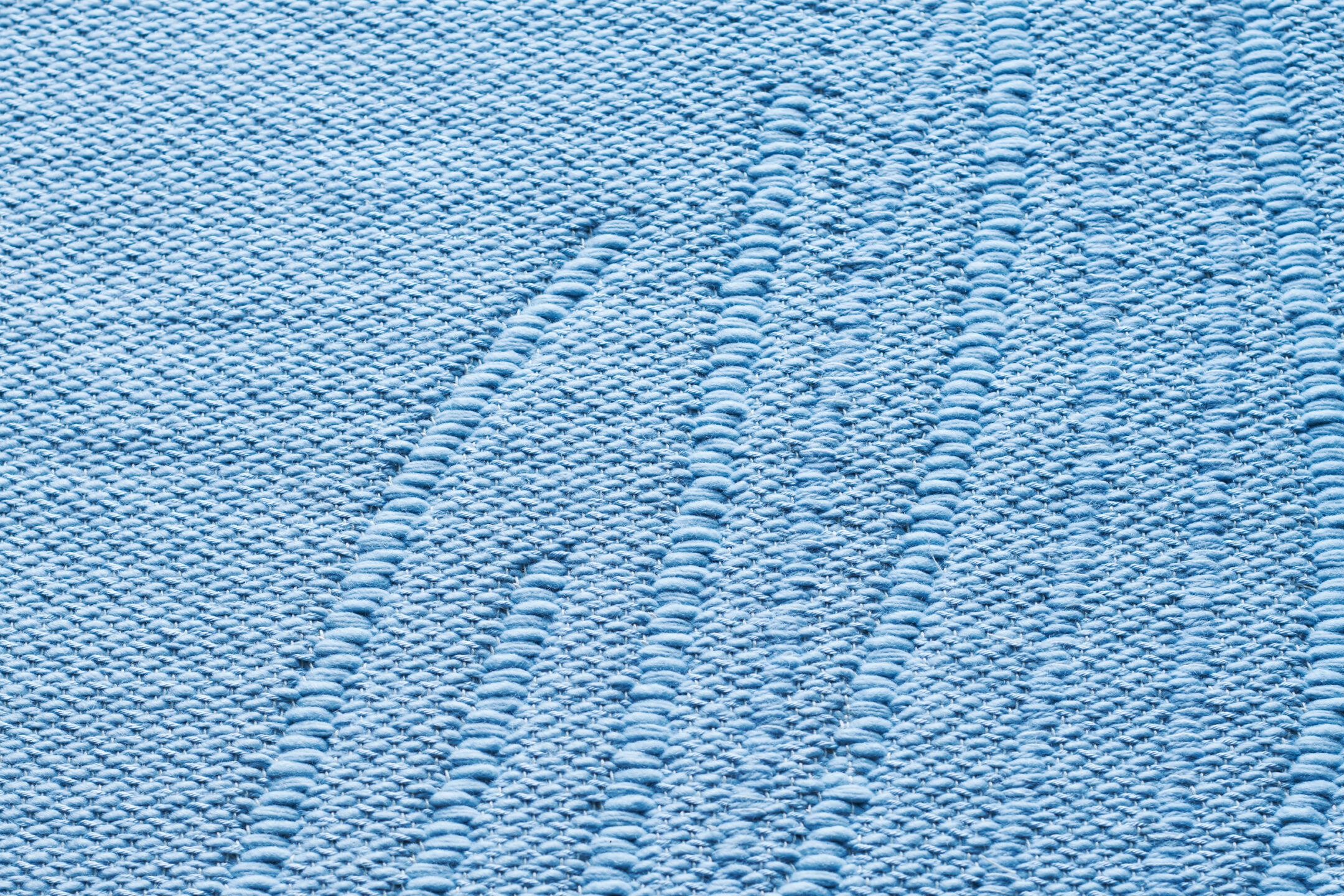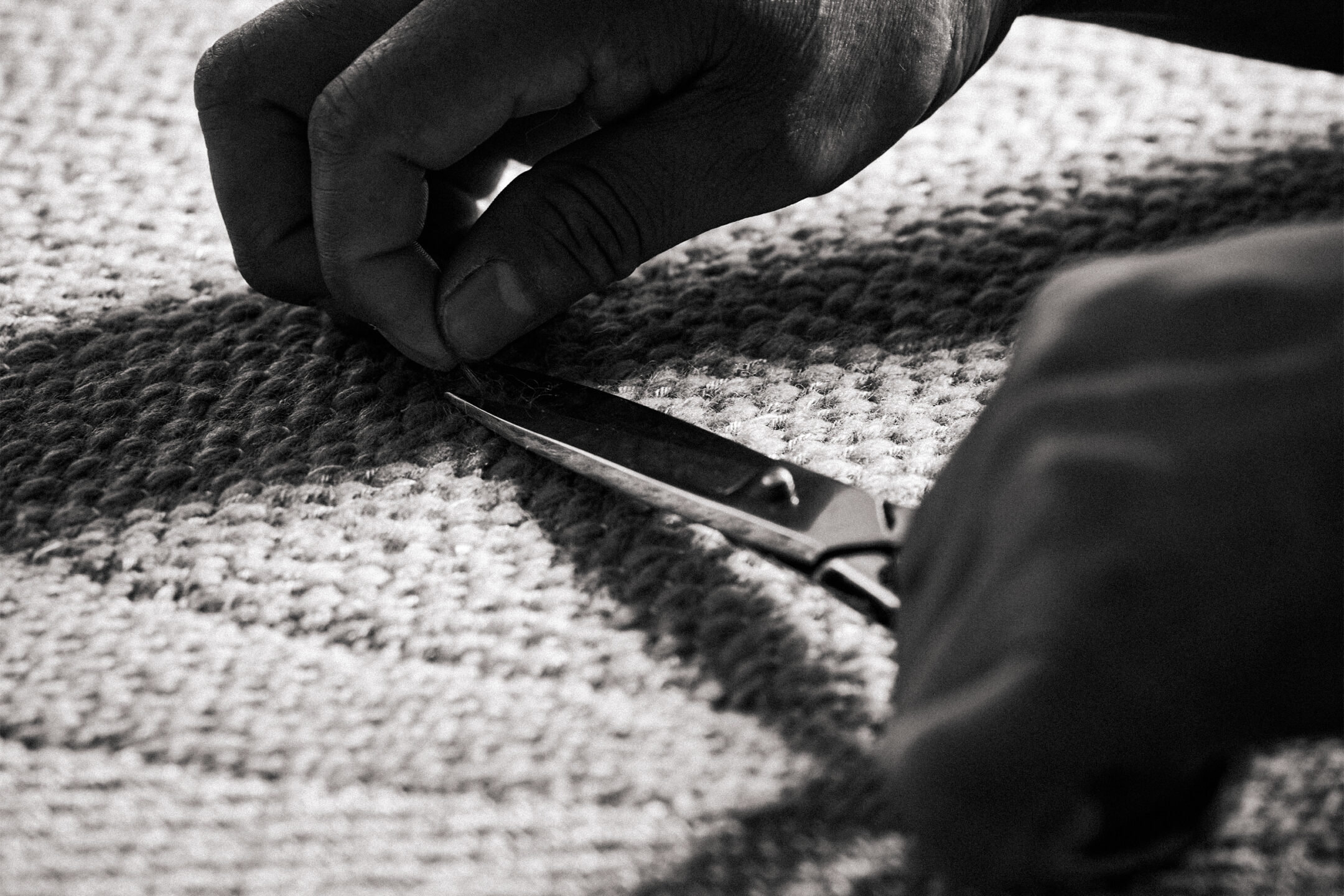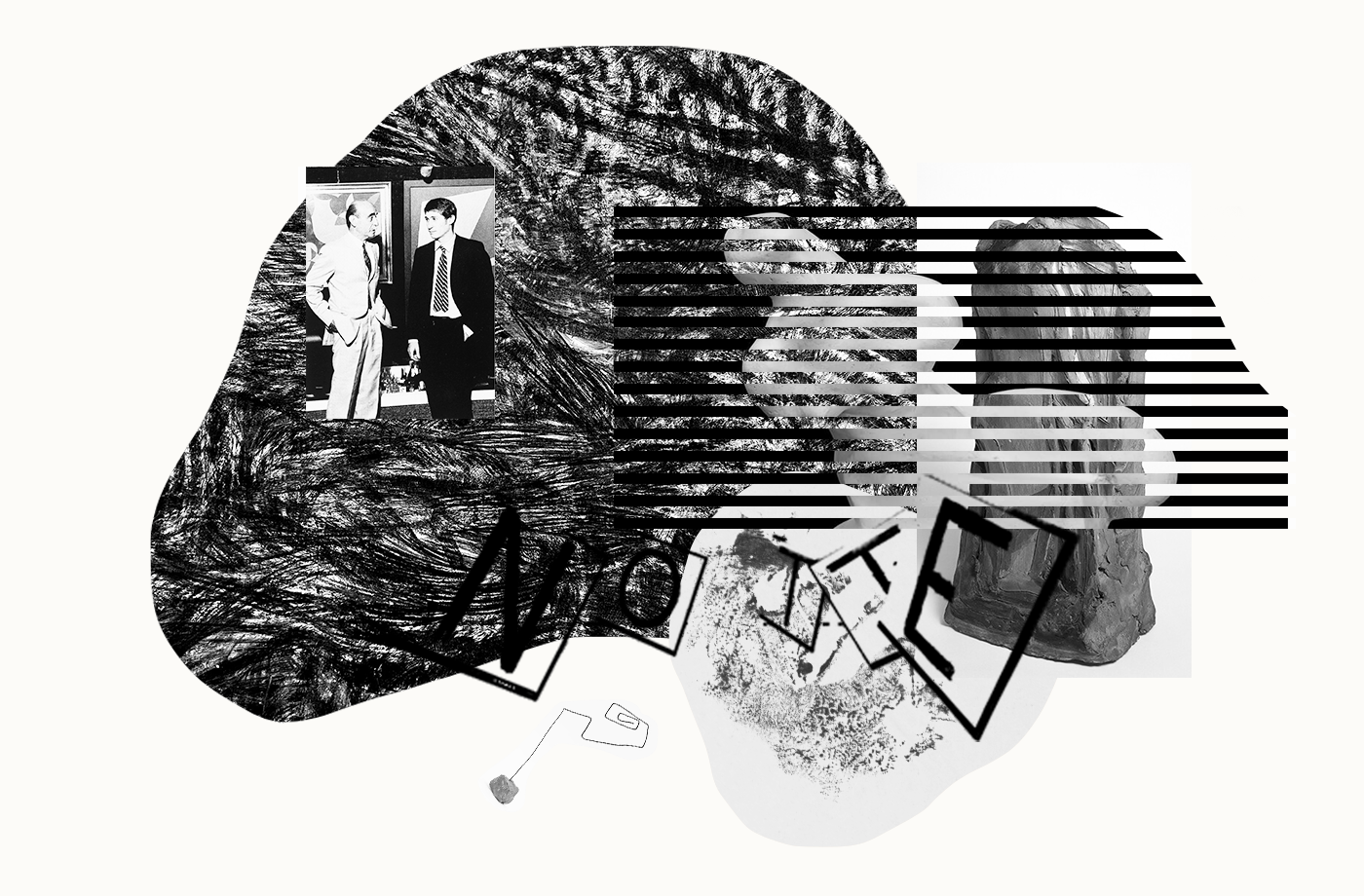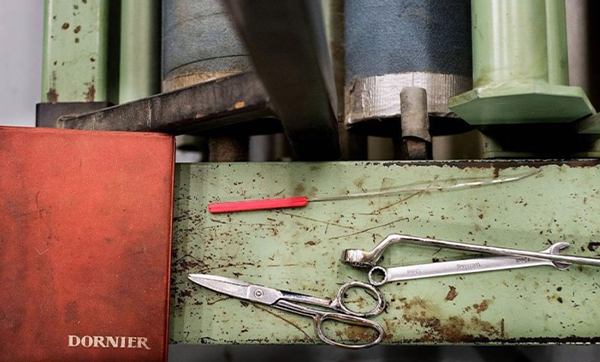Memory, Mystery, and the Matter of Color
Color, for me, is never just about hue. It is memory. It is emotion. It is a field of meaning that sometimes I don’t even recognize until I see it finished.
I often realize after the fact that I’ve recreated something—an object from childhood, a fever dream, a feeling I couldn’t name. Like my color Lava. I didn’t plan it. I just made it. Then, one day, I remembered being seven years old, sick with a fever, hallucinating in the kitchen. I saw myself wearing a lava-colored jumpsuit. That memory was already in the color. It just took time to surface.
That’s how it works. Some colors arrive fully formed, as if inhaled long ago. Others are built slowly, by combining a shade from nature, a detail from a Van Gogh painting, a line from a poem, and the logic of a 19th-century color chart. Always, the chart is there—not to copy, but to carry the weight of the past.
I love antique color charts. I love archaeology. I love the sense that something ancient still has something to tell us. I don’t see these things as “old.” I see them as living proof that excellence survives.
That’s what I want in my colors: to feel new, but already timeless. To feel like they have lived many lives. When I make something new, it should feel like it’s already been around for a hundred years. That’s not nostalgia; it’s relevance—because it touches something deeper than fashion, something that connects us as humans across time.
And then, of course, there is observation. You can’t know a color just by looking at a swatch. You have to see how it behaves: see it on mohair, on felted wool, on warp. See how it holds light, how it changes with shadow. It’s only through time and use that a color reveals its layers.
Until you observe it in front of you—whether it be a piece or a color or a particular yarn combination—it holds many possibilities. Just like in quantum physics, it is many things at once. But once you observe it, one version becomes real. But that doesn’t mean the other versions aren’t valid—they’re still there, waiting. You just haven’t seen them yet. That’s why I never say, “I don’t like that color.” It’s like saying you don’t like a person based on one encounter. Color has layers. It has moods. It has secrets. And it only reveals them when it’s ready.



